The future is going to be hybrid for sure. Most HR leaders and experts suggest that companies will be following the hybrid model of work for at least the next two years, till the impact of the pandemic subsides. Hewlett Packard Enterprise (HPE) with a 60,000+ strong workforce, is one such company that has adopted a hybrid way of work. Understanding the needs of this new way of working, the Company has completely revamped and redesigned its offices to meet the requirements of a hybrid workforce.
Under the Edge-to-Office programme, HPE has re-imagined its workplaces in all locations across India as well as the world. It has changed the very meaning of a physical office — from being a place people used to travel to every day to work, to being a hub where employees can collaborate and meet for socialising purposes. The new design gives opportunity to the workforce of HPE to enjoy maximum flexibility.
On the one hand, the redesigned offices will have corners and hubs for the remote workers to meet, socially interact and collaborate, and on the other, there will be workstations for those employees who will be required to come in to the office every day.
“It’s a different take on managing a hybrid workforce – one designed to emphasise that team members are connected, no matter where their workplace is located,” says Sailesh Menezes, CHRO, HPE India, talking exclusively with HRKatha.
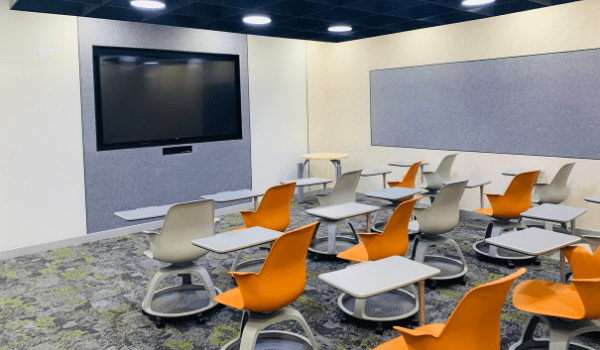
Completely moving to a hybrid work model is a big call. So how did HPE decide to take this big step?
It listened to its employees. To understand the changing needs of employees — given the COVID-19 breakout that forced employees to work from home — HPE conducted an internal survey and found that almost two third of its workforce wanted to spend only 20 per cent or less time working at a physical site. A significant 70 per cent of the employees felt that they were equally or more productive working remotely and desired to use the physical site as a collaborative hub and place where they could network and socialise with others.
“The ‘Edge-to-Office’ initiative aims to create a workplace experience that repositions the roles of physical offices and rethinks how best to support those who work remotely going forward”
Sailesh Menezes, CHRO, HPE India
Taking into account the employees’ feedback, HPE decided to totally move to a hybrid work model and redesign the workplace to fulfil the needs of a future hybrid workforce. “The leadership saw this as a great opportunity to listen to our team members’ preferences and boldly reimagine and accelerate the way we work, to be more flexible, even while maintaining our focus on culture, wellness and innovation,” shares Menezes.
The Edge-to-Office programme was led by cross-functional working groups to understand the expertise and perceptions of leaders from different functions, including functional leaders who will be working from the office or at the ‘edge’. The term ‘edge’ refers to those primarily working outside of the office within the same payroll country, with the ability to go to sites for team meetings, collaboration, site events, one-on-one’s and so on.
Almost 95 per cent of the workforce at HPE India worked from the office. However, now, since the work environment and the needs of the workforce have changed post the pandemic-related disruption, the Company has implemented the ‘edge-to-office’ programme. As part of the initiative, HPE identified the section of its workforce that will be following the hybrid model and the section that will be required to come in to the office. After the analysis, 85 per cent of the India workforce was identified as ‘edge/hybrid’ with the rest continuing to be ‘office’. The categorisation of employees into ‘edge’ or ‘office’ is based on their roles and responsibilities. “So, it generally will not change unless there is a change in the job,” says Menezes.
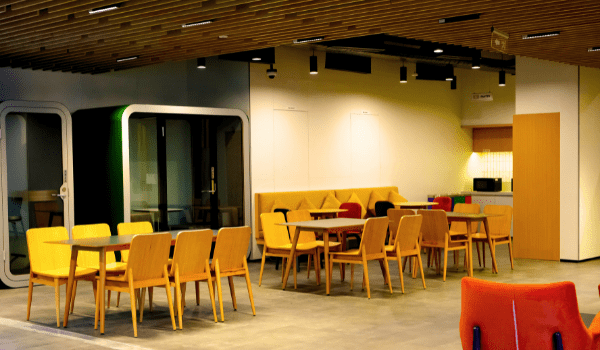
Another part of the Edge-to-Office programme was to implement digital tools and platforms, where employees who will be working remotely — partly or permanently — can collaborate with their team members.
As this change was rather big for the Company, it had to look into a lot of factors and change the HR processes related to employee engagement, productivity, career development, promotion of an inclusive and diverse culture, and most importantly, the wellbeing of employees.
To make this initiative successful, HPE identified some key elements to focus on.
First was to provide appropriate workstations to the remote-working population, supporting employees’ need for a comfortable environment, including the right furniture, computer equipment, and (Audio /Video) AV needs.
Second was to ensure that employees have access to the Internet at home, and the tools needed to easily deploy and secure remote networks, IT infrastructure upgrade and cyber security upgrade.
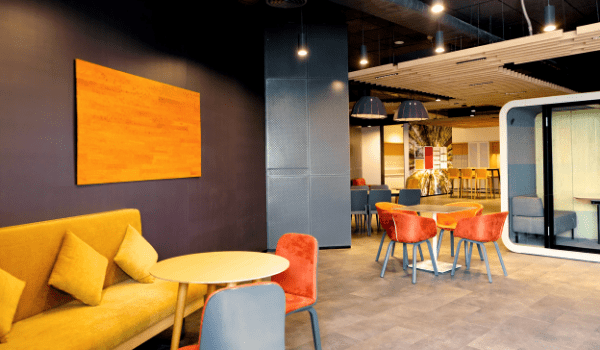
Third was, collaboration and productivity through video-conferencing enablement, collaboration tools, productivity enhancements, supporting physical fitness, mental health and wellness campaigns and app access.
In addition, to make sure that the ‘edge’ employees are engaged, HPE has formed an Edge Council Committee, which organises connectivity events, virtual engagement and volunteering, cultural branding and career development and training programmes for such employees.
“The organisation has provided clear expectations and updated productivity measures that foster trust and empower employees. This also requires a new style of leadership that builds connections in a hybrid work environment, while ensuring accountability and productivity in teams,” points out Menezes.
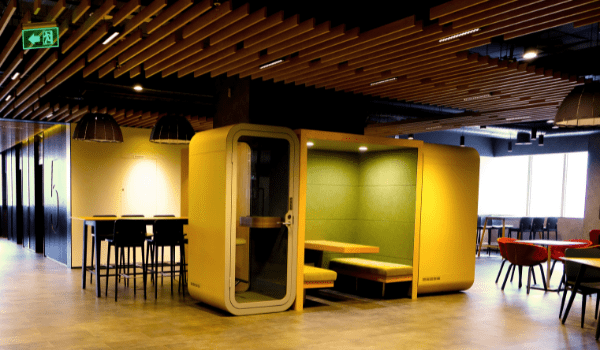
All employees have access to the Edge-to-Office app with a unified support interface.
The implementation of Edge-to-Office commenced in late 2020 and has now been implemented across all HPE locations.
“The initiative aims to create a workplace experience that repositions the roles of physical offices and rethinks how best to support those who work remotely going forward,” explains Menezes.
Value our content... contribute towards our growth. Even a small contribution a month would be of great help for us.
Since eight years, we have been serving the industry through daily news and stories. Our content is free for all and we plan to keep it that way.
Support HRKatha. Pay Here (All it takes is a minute)





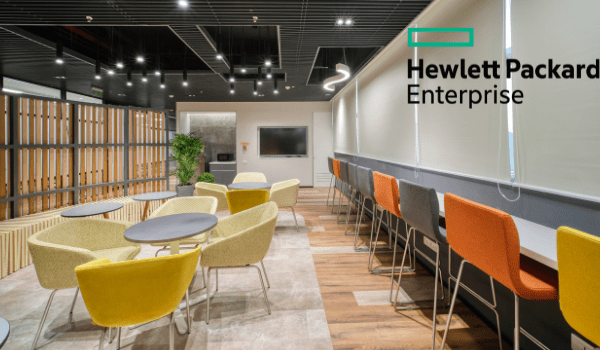































There should be option given to employees what exactly they want, not everybody want to work remotely.
Option was given 🙂
Many employees want to go to office back and this is neither proper hybrid nor permanent work from home as employees here need to go office once a week. What’s the point of that.
The term ‘edge’ refers to those primarily working outside of the office within the same payroll country, with the ability to go to sites for team meetings, collaboration, site events, one-on-one’s and so on—–copied from the above article which defines “edge”.
Ability to go to sites for team meetings/ 1 x 1 – ?????? Still it seems to my opinion, leadership team lacks clarity on what to do and when to invite people….if edge is given an option where employee can choose to work from anywhere in the payroll country, what is the point including team meetings, 1 x1 etc., in the above definition and giving it a Hybrid colour ?? unless few who want to come to office can come at their own wish but not at the compulsion for those who are categorized as Edge.